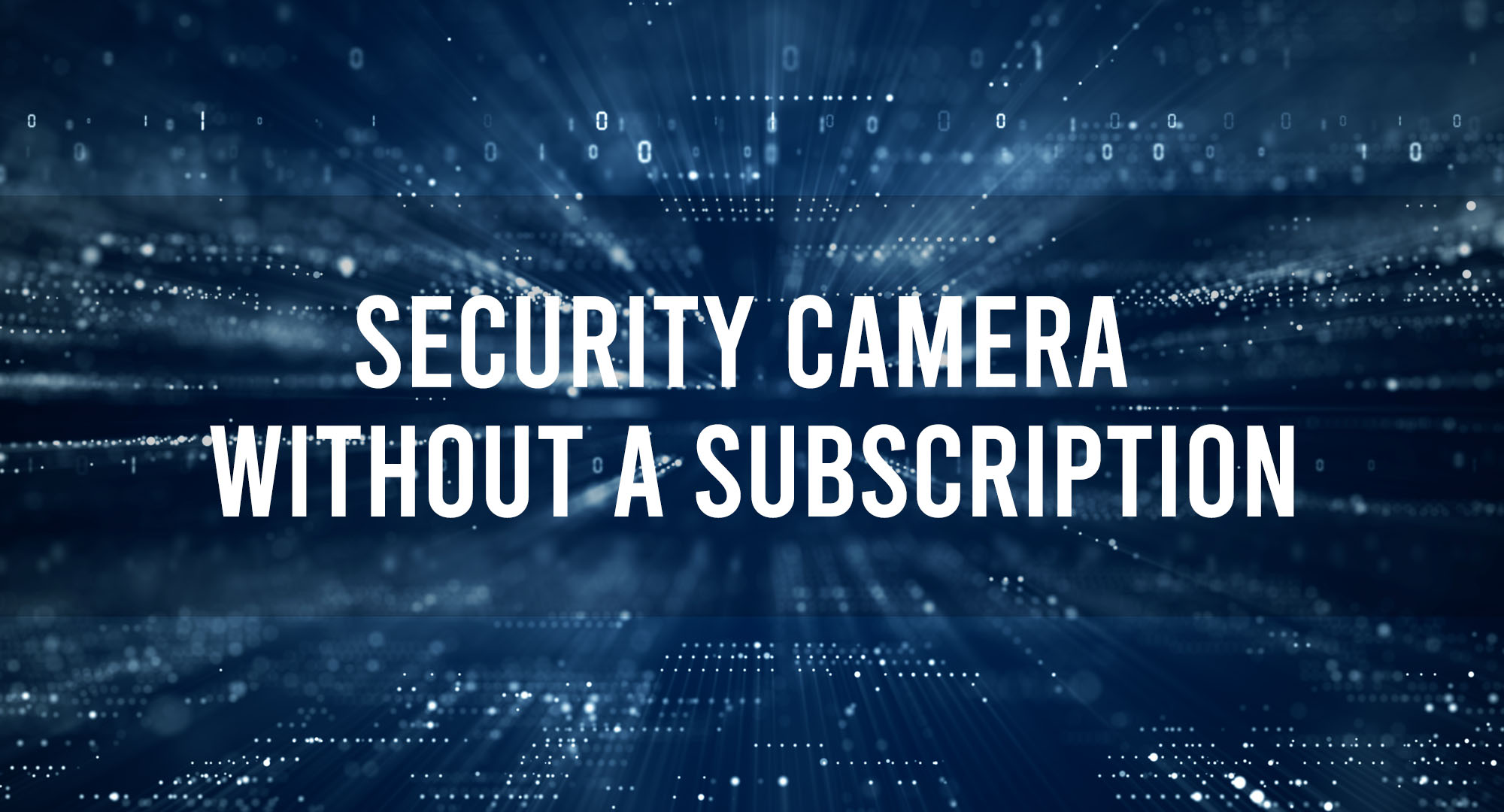As a tech enthusiast, you’ve probably considered setting up a security camera system for your home or office. But with so many options available, it can be overwhelming to decide which one is right for you. One of the most significant decisions you’ll need to make is whether to opt for a subscription-based security camera or a non-subscription model. In this article, we’ll explore the benefits and features of non-subscription security cameras, compare costs, and even discuss some DIY solutions. So, let’s dive in and help you make an informed decision for your security needs.
Understanding Security Cameras: Subscription vs. Non-Subscription Models
Table of Contents
Subscription-Based Security Cameras
These cameras require a monthly or annual fee to access advanced features, such as cloud storage, video history, and advanced motion detection. Some popular subscription-based security camera brands include Nest, Ring, and Arlo.
Non-Subscription Security Cameras
Non-subscription security cameras, on the other hand, offer many of the same features without the recurring fees. These cameras often rely on local storage, such as SD cards or hard drives, and may have fewer advanced features. However, they can still provide excellent security coverage for your home or office.
The Benefits of Using Security Cameras without a Subscription
- Cost Savings: No monthly fees mean you’ll save money in the long run, making non-subscription cameras more budget-friendly.
- Local Storage: Storing footage locally can provide more control over your data and eliminate concerns about cloud storage security.
- Customization: Non-subscription cameras often allow for more customization, letting you tailor your security system to your specific needs.
Top Features to Look for in a No-Subscription Security Camera
- High-Resolution Video: Look for cameras with at least 1080p resolution to ensure clear and detailed footage.
- Night Vision: Ensure your camera has infrared LEDs for night vision, so you can monitor your property 24/7.
- Motion Detection: A camera with motion detection can send alerts when movement is detected, keeping you informed of any activity.
- Two-Way Audio: This feature allows you to communicate with people on your property through the camera, which can be helpful in deterring intruders or speaking with visitors.
How to Set Up a Security Camera without a Subscription Service
- Choose Your Camera: Research and select a non-subscription security camera that meets your needs and budget.
- Install the Camera: Follow the manufacturer’s instructions to install the camera in your desired location.
- Set Up Local Storage: Connect your camera to an SD card or hard drive to store footage locally.
- Configure Settings: Adjust the camera settings, such as motion detection sensitivity and video quality, to your preferences.
- Monitor Your Footage: Regularly review your footage to ensure your camera is functioning correctly and capturing the necessary information.
Comparing the Costs: Subscription-Based vs. Non-Subscription Security Cameras
While subscription-based cameras may have lower upfront costs, the monthly fees can add up over time. Non-subscription cameras often have higher initial costs but can save you money in the long run without recurring fees. Consider your budget and how long you plan to use the camera when making your decision.
Maximizing Your Security Camera’s Effectiveness without a Subscription
- Regularly Update Firmware: Keep your camera’s firmware up-to-date to ensure optimal performance and security.
- Strategic Camera Placement: Place cameras in high-traffic areas and at entry points to maximize coverage.
- Use Multiple Cameras: Install multiple cameras to cover blind spots and provide comprehensive security coverage.
DIY Solutions: Building Your Own Security Camera System without Monthly Fees
If you’re tech-savvy, consider building your own security camera system using a Raspberry Pi or other microcomputers. This DIY approach allows for complete customization and control over your security system without the need for monthly fees.
The Role of Cloud Storage in Non-Subscription Security Cameras
Some non-subscription cameras offer optional cloud storage for a fee, while others rely solely on local storage. Consider your storage needs and preferences when choosing a camera. If you’re concerned about privacy, local storage may be the better option.
Are Security Cameras without Subscriptions More Secure?
Non-subscription cameras that rely on local storage can provide more control over your data and eliminate concerns about cloud storage security. However, it’s essential to keep your camera’s firmware updated and secure your local storage to prevent unauthorized access.
Frequently Asked Questions
Can non-subscription security cameras still send alerts?
Yes, many non-subscription cameras offer motion detection and can send alerts to your smartphone or email when activity is detected.
How do I access my footage on a non-subscription camera?
You can typically access your footage through a mobile app or by connecting your local storage device to a computer.
Can I still use cloud storage with a non-subscription camera?
Some non-subscription cameras offer optional cloud storage for a fee, while others rely solely on local storage.
Conclusion
Ultimately, the choice between subscription-based and non-subscription security cameras depends on your budget, preferences, and security needs. By considering the benefits and features of non-subscription cameras, you can make an informed decision that best suits your home or office. With the right camera in place, you can enjoy peace of mind knowing your property is protected.

Timothy is a tech enthusiast and has been working in the industry for the past 10 years. He has a vast knowledge when comes to technology and likes to help people with this knowledge.
